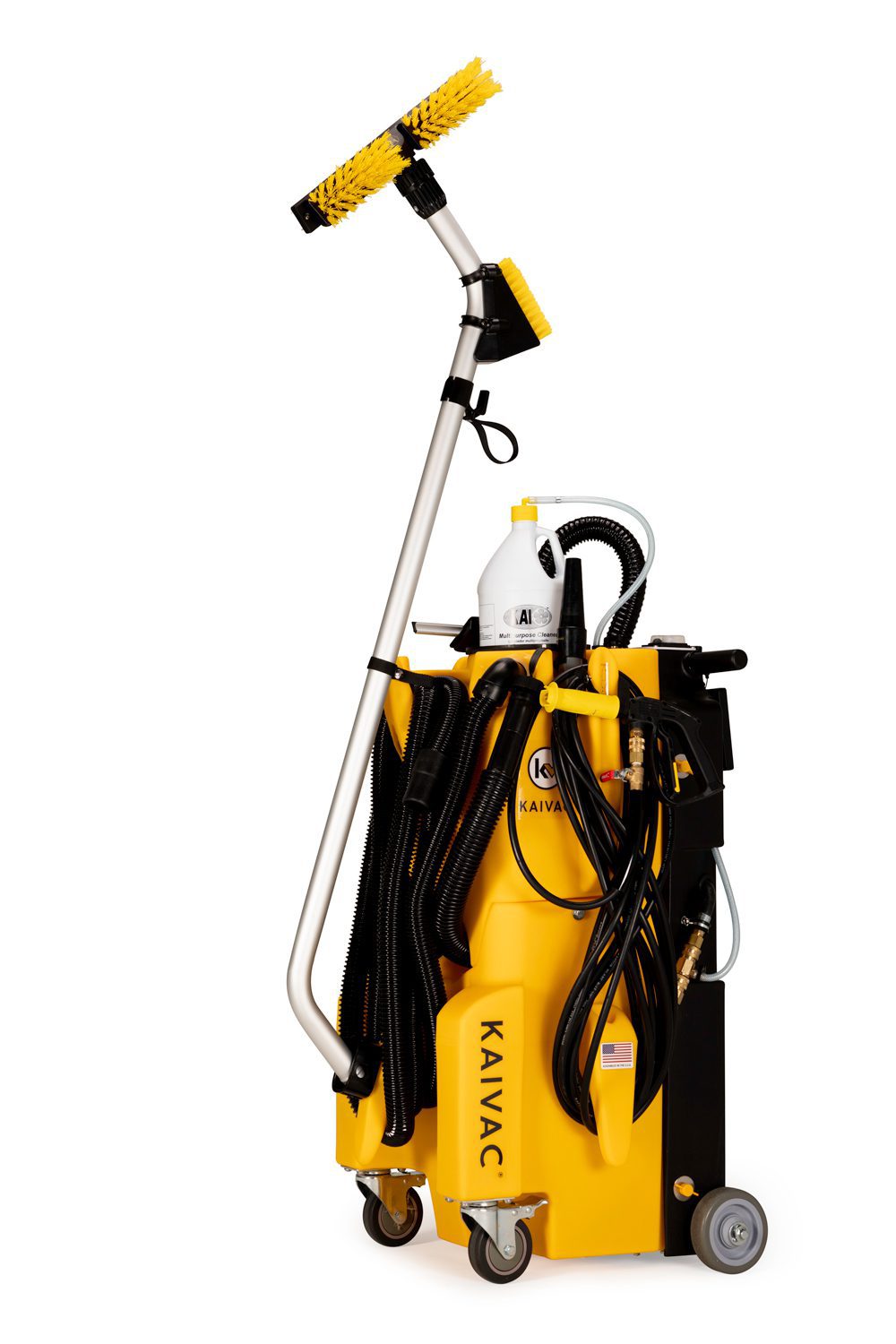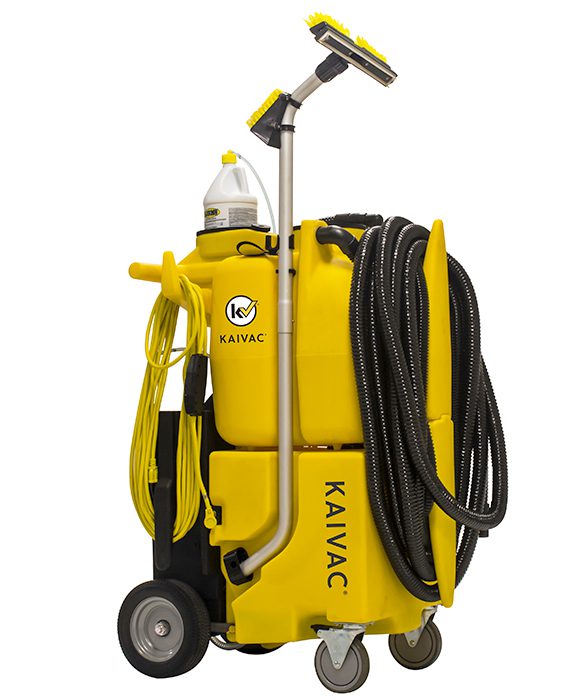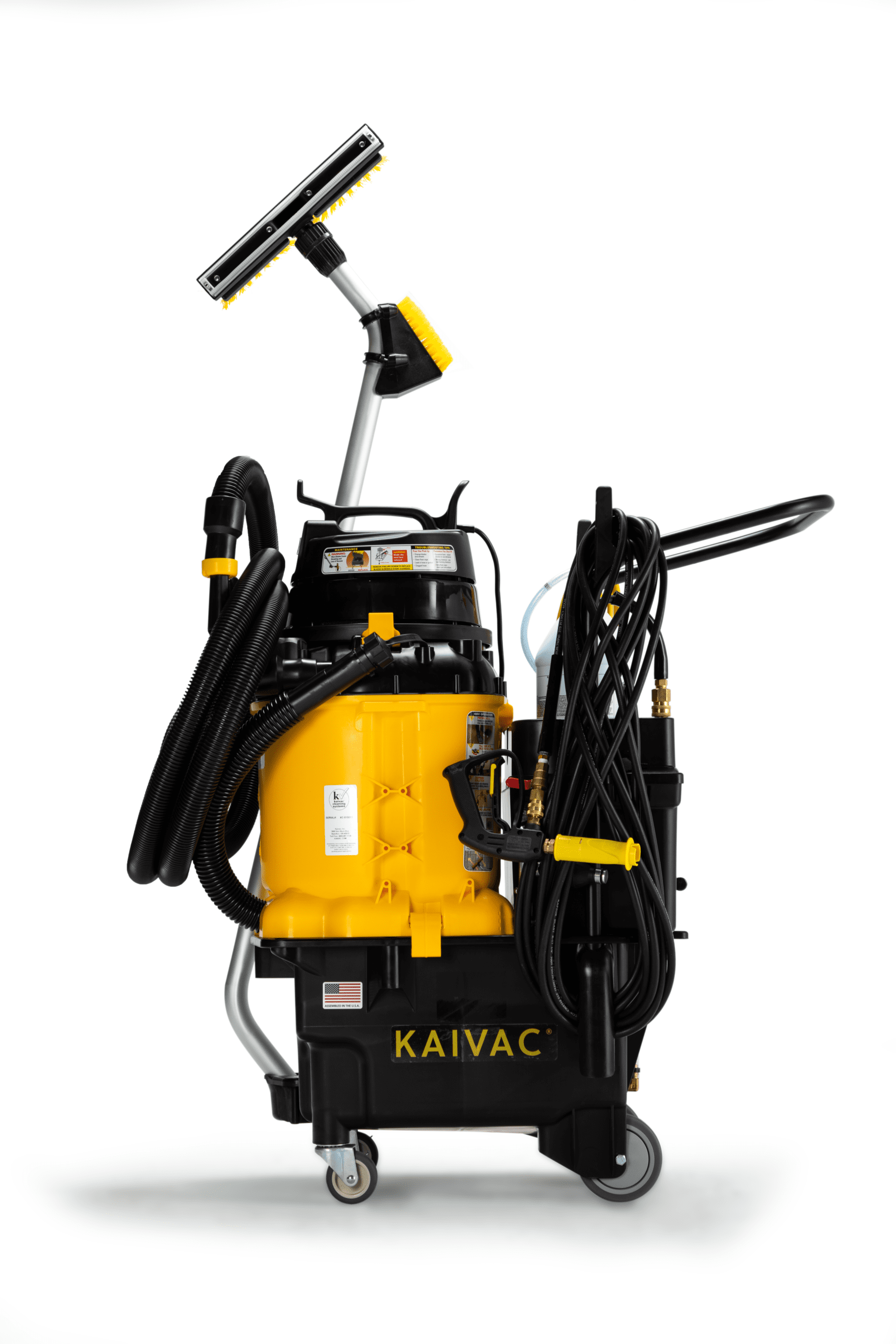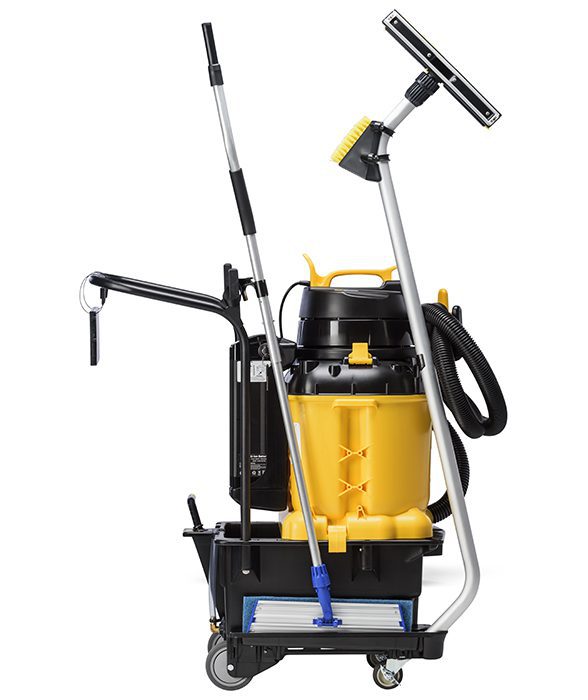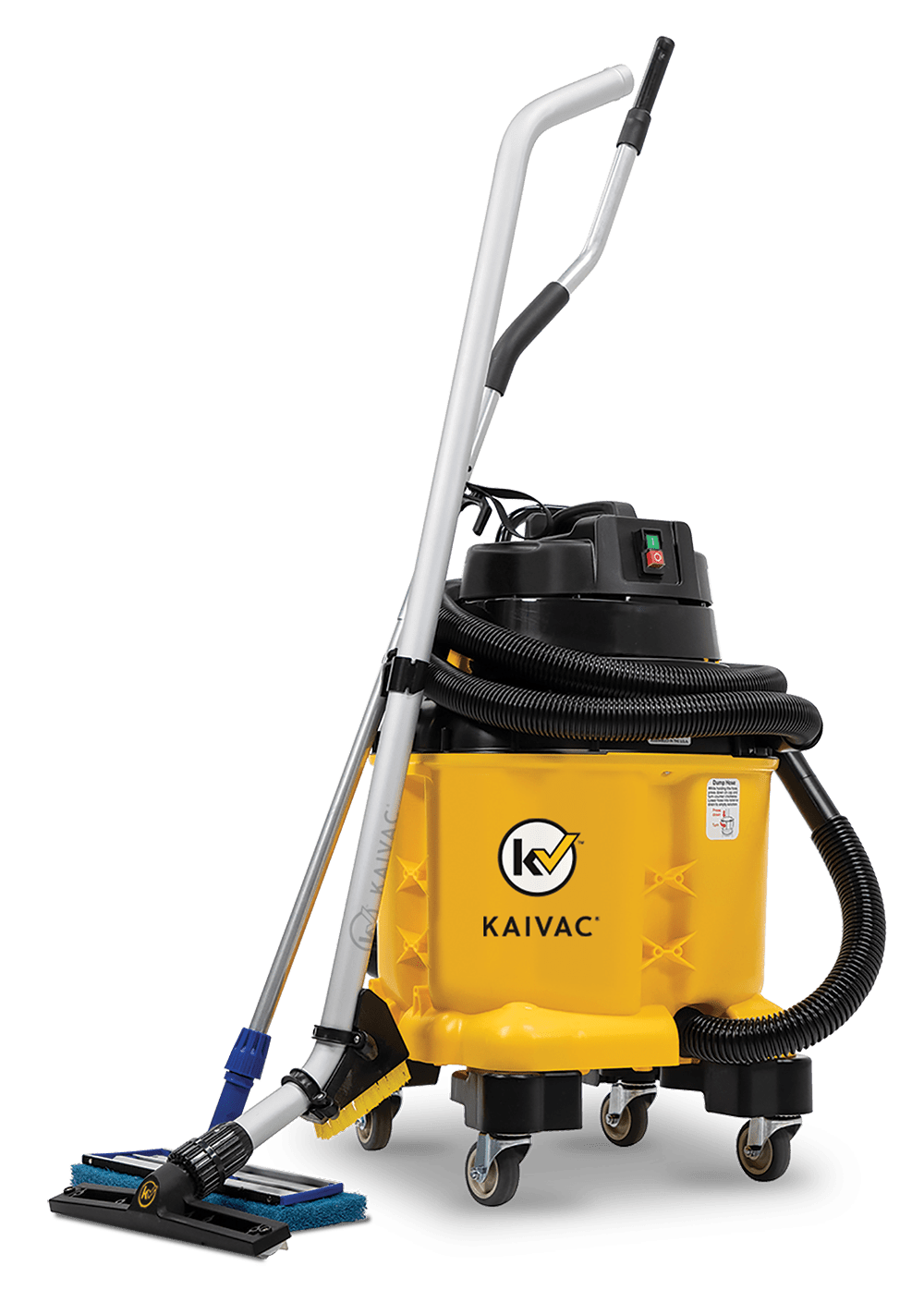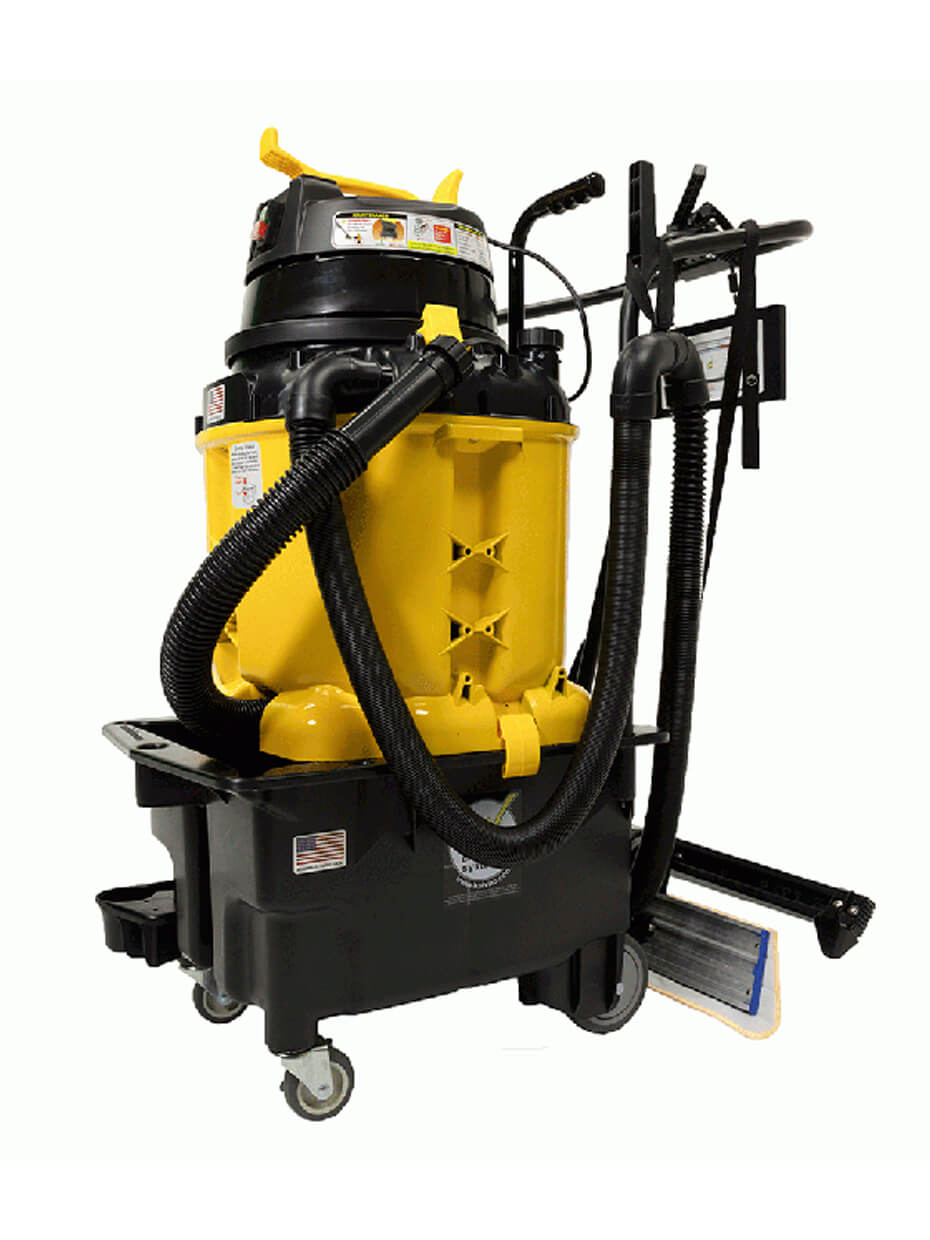Cleaning for health is the most important task facing the janitorial industry today, and, no, that’s not an exaggeration. Right now, entire business sectors and public institutions are betting that cleaner, more hygienic interiors will build enough trust to lure everyone – be they employees or customers or students or staff – inside.
The strategy makes sense. During the pandemic, cleanliness rose to a top priority for consumers and employees. It’s no longer good enough to just look clean or smell clean. The public wants a higher level of attention paid to shared spaces. They demand a commitment to cleaning for health.
There are complications though. A focus on cleaning for health puts a lot of weight squarely on the shoulders of front-line commercial cleaners. The industry already faces a laundry list of challenges including labor shortages intensified by a sky-high turnover rate. Add in the extra demands of cleaning for health and it becomes clear that custodians need proven tools to maximize their efforts.
Cleaning for Health in Different Environments
The idea of cleaning for health may be enjoying newfound popularity, but maintaining surfaces for infection prevention is nothing new. Janitorial crews working in hospitals, medical offices, nursing homes, and the like have long protected staff, visitors, and patients by vigilantly removing dangerous pathogens from high-touch surfaces. Even the floor is considered a potential vector for pathogens in these situations.
When it comes to non-medical interiors — think retail establishments, offices, airports, and schools – everyday cleaning need not be as robust. Cleaning for health does not demand the same level of disinfection on every surface as in a medical setting. Instead, non-medical environments should focus on the regular, thorough removal of fungi, bacteria, and viruses from a space. That means upping the maintenance schedule in high-traffic, high-touch areas. Cleaning for Health also means moving the cleaning process front and center, preferably during business hours, so guests can witness spaces and surfaces being cleaned. In short, facility managers should not only schedule more cleaning in some areas, but they must also work to make cleaning more visible to occupants.
A visible cleaning for health program goes a long way in easing minds and rebuilding trust, particularly considering a recent survey from Stratus Building Solutions. The survey finds that 88% of Americans plan to remain extra cautions of potential germs. Savvy building managers that communicate enhanced cleaning schedules and efforts will ease anxious minds and build trust.
Labor Shortages Complicate Matters
Cleaning for health sounds great but the strategy is meaningless if you can’t find people to do the work. High turnover rates, between 200 to 400 percent annually, already pose a well-documented problem for the cleaning industry. Add in the pressures of economy-wide labor shortages and the issue gets worse.
That labor shortage shows no sign of slowing down. Research from Alignable, an online small business network, found that 94% of small business owners experience some trouble finding and hiring good talent. A whopping 66% of that group report having a very difficult time.
Thankfully, there are ways to empower and retain the workers you have. Effective strategies include offering ongoing training, protecting worker health and safety, and equipping employees with better tools. Facility managers can start strong by stopping the mop.
The Unhealthy Truth About Mops
Getting rid of mops is a sensible first step in empowering workers to clean for heath while simultaneously protecting their own. That’s because the actual act of mopping stresses a worker’s bodies. Wielding a wet, heavy mop can lead to musculoskeletal injuries over time if used incorrectly.
Even worse, mops cannot fully remove soils and pathogens. In fact, they present a serious source of potential floor contamination, even when soaked in disinfectant overnight, according to the Pharmaceutical Journal. A study from the University of Maryland went so far as to state that mops should not be used for routine cleaning.
Microbiologist Dr. Charles Gerba agrees, saying “The cleaning tools you’re using contain millions of bacteria, particularly mops. They’re giving germs a free ride around your facility.”
Plus, wheeling out a smelly, dingy-looking mop and bucket does not help build trust in a building’s overall cleanliness.
Consider the AutoVac Stretch™ instead. This floor care tool out-performs mops in several ways:
- Removing 99.8% of targeted soils
- Cutting chemical use by 66%
- Cutting water use by 75%
- Cleaning and drying floors faster
Pair the AutoVac Stretch with KaiTutor™, an onboard, instructional video program, and workers can feel confident and empowered about their task, valued in their position, and proud of their contribution to public health and safety.
Cleaning for health is here to stay. Click here for more information on powerful tools help get the job done.


